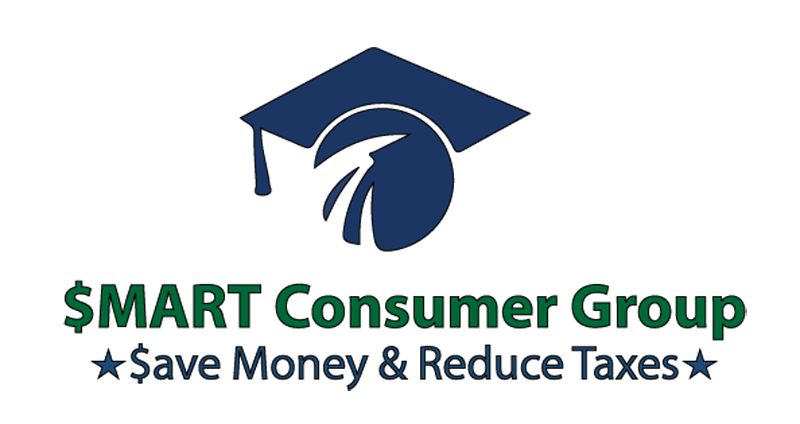How to Save Money on Your Prescriptions

To know how to shop for savings on your prescription drugs,
you first must understand how they are priced
Manufacturers sell most of their drugs to wholesalers. Some chain pharmacies purchase a portion of their drugs directly from the manufacturer. Prices paid to the manufacturer are influenced by many factors including negotiations by Pharmacy Benefit Managers (PBM's) on behalf of their clients. Their clients typically include health plans, HMO's, and self-insured employer plans. Some PBM's also offer their own internal pharmacy discount plan through participating pharmacies. The market for prescription drugs falls into two main categories:
- Retail Pharmacies – Includes chain pharmacies, independent pharmacies, food stores with pharmacies, and mail-order pharmacies.
- Non-Retail – Includes hospitals, HMO's, clinics, nursing homes, and Federal Facilities.
Both categories negotiate prices with wholesalers and manufacturers. In the retail category, health plans and self-insured employers will negotiate with both manufacturers and retail pharmacies. In many cases, these negotiations are contracted out to a PBM. PBM's will aggregate multiple clients under a formulary, which is a list of preferred drugs. By restricting the formulary to certain drugs, the PBM will receive more favorable pricing from the manufacturer on brand name drugs through a rebate system. Pricing on brand name drugs will vary depending upon the volume purchased and the purchaser's ability to choose from drugs targeted at the same medical condition.
Once a brand name drug goes off patent, generic equivalents may quickly appear. Because retail pharmacies can choose which generics to stock, they may negotiate directly with the manufacturer for generic drugs. Mail-order pharmacies have even more pricing flexibility because of their ability to take the time to contact physicians to request permission to substitute a generic version for a brand name drug prescribed. Mail-order normally are able to give deeper discounts because they specialize in drugs for chronic and maintenance conditions where prescriptions are written for 90 days of medications allowing the mail-order facility to deal in larger volume per customer.
PBM's usually set prices paid to pharmacies on generic drugs at a rate known as MAC (Maximum Allowable Cost). A specific MAC will apply to all generic drugs with the same dosage and active ingredients. The PBM's payment to the pharmacy on behalf of their health plan client will equal the MAC plus a dispensing fee. In the case of pharmacy discount cards, the pharmacy may reimburse the PBM a portion of the dispensing fee.
In the case of brand name drugs prices are set based on AWP (Average Wholesale Price). This is a starting point and different discounts and rebates may apply. PBM's and government purchasers usually pay a price discounted from AWP.
In summary, prices a consumer will pay for their prescription drugs will vary depending upon what leverage you are able to introduce at the time of purchase. Following is a list, in order of best pricing leverage, of the most common plans available:
- Federal Programs – Includes active and retired members of the military, federal employees, Medicare, Medicaid.
- Health Plans and Self-Insured Employers – Includes major medical health insurance plans and programs available through large corporations
- Mail-Order Pharmacies – Most effective when used for maintenance or chronic conditions which allow you to order a 90 day supply of medications
- Pharmacy Discount Cards – Managed by a PBM and typically will allow 10% to 15% discount on brand name drugs and 15% to 75% on generics
- Uninsured Cash Customer – Will be charged usual and customary retail rates on your prescriptions
If you don't currently benefit from categories 1 through 3 obtain your own pharmacy discount card by clicking this link: Save on Presciptions. Save up to 75% on generic and up to 15% on name brand prescription drugs. You will also find information regarding access to telemedicine and other dicount health services.

 Car Buying
Car Buying College Planning
College Planning Computer Safety
Computer Safety Discount Health Plans
Discount Health Plans Final Expense Insurance
Final Expense Insurance Consumer Tips
Consumer Tips Home Buying
Home Buying Home Insurance
Home Insurance Identity Theft
Identity Theft Prescriptions
Prescriptions Shopping
Shopping Travel
Travel Getting Started
Getting Started Debt Roll-Up
Debt Roll-Up Credit Reports
Credit Reports Credit Scores
Credit Scores Credit Repair
Credit Repair Growing Wealth
Growing Wealth Time Value of Money
Time Value of Money Controlling Risk
Controlling Risk Tax Planning
Tax Planning A Balanced Plan
A Balanced Plan Enlisted Pay
Enlisted Pay Officer Pay
Officer Pay Finding a Job
Finding a Job Relief Act
Relief Act Thrift Savings Plan
Thrift Savings Plan VA Education
VA Education VA Home Loans
VA Home Loans VA Health Care
VA Health Care VA Pension Benefits
VA Pension Benefits VGLI
VGLI
